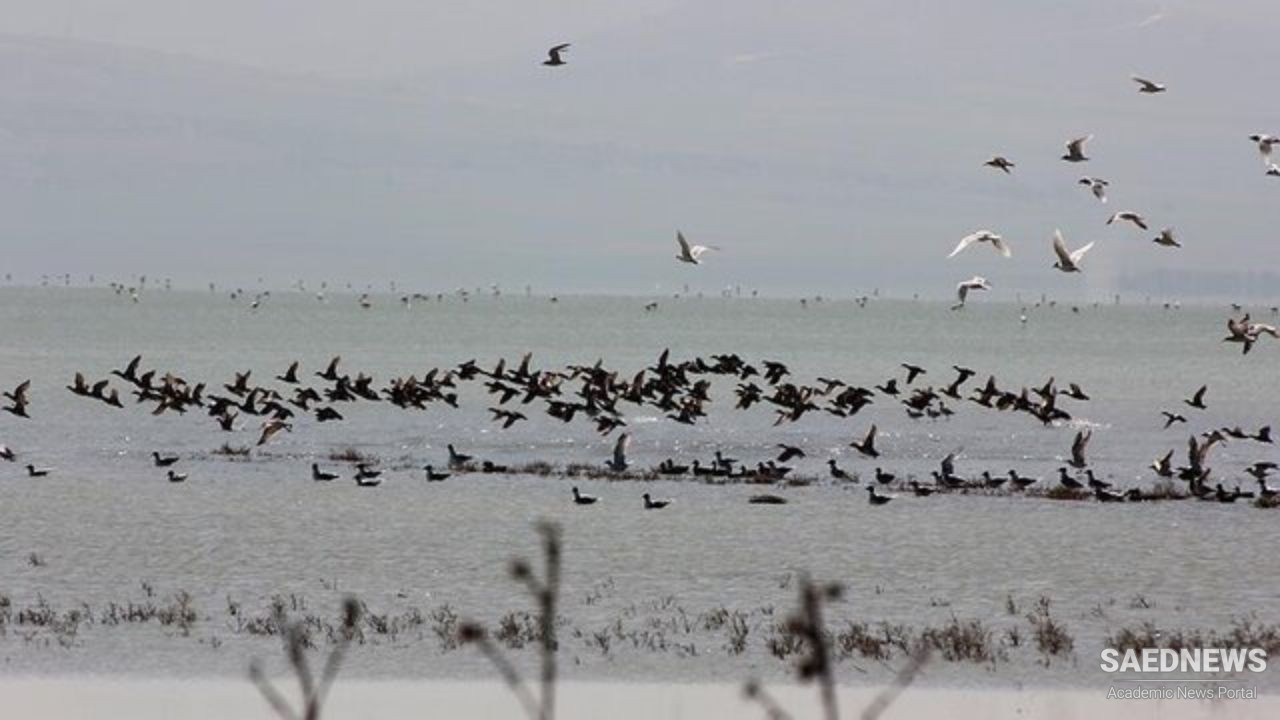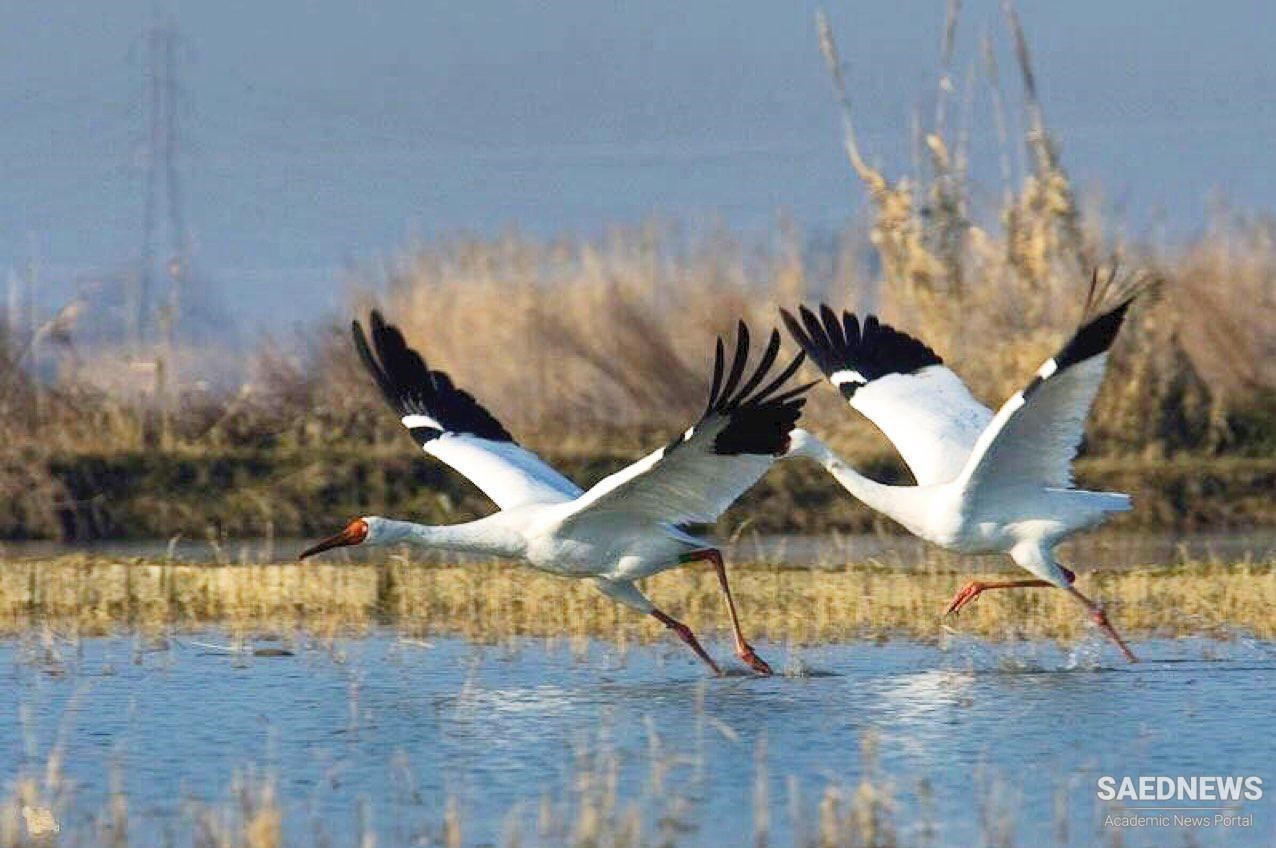It is one of the richest wetland ecosystems in northern Iran. In 2002, the same area, of course, with a larger area called Fereydun-Kenar Dam, with 5,427 hectares, was registered as an artificial wetland of international importance in the Ramsar Convention. So far, 22 wetlands in Iran have been registered in the Ramsar Convention. Located close to the Caspian Sea, this region has a wide range of natural and artificial habitats, including dams, ponds, and rice fields.
At present, more than half of it has been turned into rice fields, and the remaining area is filled with water in winters and reaches its maximum. In summer, it is watery or dry, and its surface is covered with plants.

This international wetland is home to millions of rare migratory birds constantly moving between Iran and Russia; these birds spend the winters there. Annually, more than 100,000 migratory birds enter, among which we can mention swans and ducks, wild geese, and eagles, etc. In this wetland, there is the endangered species of Siberian tern, of which only one bird remains from its population in Iran; a bird named Omid travels a long way from Siberia to reach this here every year. Fereydun-Kenar wetland is also very rich in terms of fish diversity; so that, ten species of fish belonging to three families have been identified in it.
The Environment Agency has set up guard posts in the area for the safety of migrants and guests. To explore Fereydun-Kenar wetland, like any other wetland, you need long boots and water-resistant clothes. The best time to see it and its beautiful birds is in December.


 Rudkhan Castle, Fuman, North Iran
Rudkhan Castle, Fuman, North Iran














































